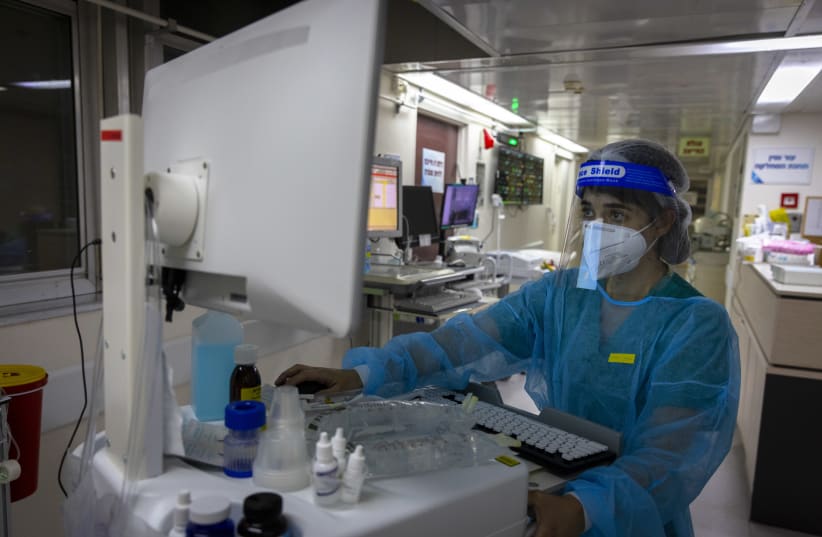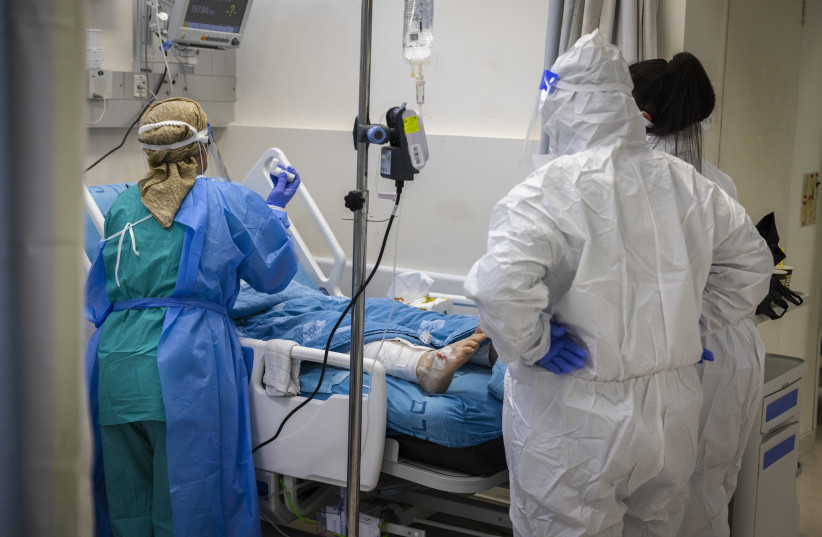There was a significant increase in the aggregate deficit of the four public health funds in 2022, according to the annual Health Ministry report on insurers’ financial activities – from a surplus of about NIS 82 million in 2021 to a massive deficit of NIS 1.5 billion last year.
The ministry said the main reason for the increase in the deficit was the decrease in support income. This was due to the increased treatments demanded from health funds during the COVID-19 pandemic, and the reduction of income that resulted from the smaller number of regular patients.
According to the first quarter data of 2023, the deficit of the health funds will actually worsen and is expected to lead to a cash flow problem in the fourth quarter. This means that their annual deficit in 2023 would be about NIS 3b., which is almost double the aggregate deficit in 2022 and would constitute a deficit of about NIS 5b. without the existing government stabilization support of NIS 2b.
The ministry said that the financial results of 2022, combined with the expectation of an even larger deficit this year, indicate a need for direct government involvement now before a flow crisis breaks out in the healthcare system. Such a need was discussed over the past year, making it clear that it would require a deep-rooted budgetary and regulatory arrangement.
The ministry said the purpose of the report is to produce effective tools for policymakers and decision-makers at the various levels; to establish policies that affect the activities and financial results of health funds; to determine the eligibility of health funds for support within the framework of the stabilization agreements; to present data to the management of health funds; to judge the strengths and weaknesses of each of them in relation to the system as a whole; to optimize the allocation of resources and give tools to additional users, including the public, academia, and the press.
Deficit of health funds
Ministry Director-General Moshe Bar Siman Tov commented that “regulating the health funds’ budgets is a necessary step for ensuring their financial stability. It is necessary to know right now what budget is available to them and regulate the health basket while updating the demographic coefficient to adapt the health services to the aging of the population and the rising rate of chronic illness, without putting them into an uncontrollable deficit spiral.”
Part of the deficit was due to salary expenses for physicians who work independently for the health funds; this increased at a rate of about seven percent compared to 2021. “This rate of increase may require intervention and the determination of the regulation and rules on the subject in a variety of tools available to the government, including measures under the authority of the salary commissioner,” the ministry said.
Government decisions made in recent years regarding the updating of healthcare cost indices and demographic growth have increased the basis of the cost of the basket and updated it.
A bit of good news was that the insurers’ expenses for drugs and medical equipment decreased by 3.2%, mainly due to the drop in drug prices. But Israelis still bear a heavy burden – revenues from self-payments for prescription drugs rose by 4.3%.
Clalit Healthcare Services, the largest health fund insuring almost half of the population, ended 2022 with a deficit of NIS 1.045b. compared to a surplus of NIS 6m. in 2021. This amount includes the deficit of the hospital sector (14 hospitals including general, psychiatric, rehabilitation, long-term patients, and pediatric), which amounted last year to NIS 3b. compared to a deficit of about NIS 2.7b. the year before.
Maccabi Healthcare Services, the second-largest insurer, presented a surplus of NIS 39m., which includes a significant amount of income for support from previous years.
Meuhedet Healthcare Services, the third-largest insurer, ended the year 2022 with a deficit of NIS 414m., compared to a surplus of NIS 66m. in 2021.
Leumit Healthcare Services, the smallest insurer, presented a deficit of NIS 116m., compared to a surplus of NIS 4m. in 2021.

